Establishing a clothing business could be an exciting opportunity if you are a fashion enthusiast. It could turn into something rewarding if you fuel your passion and keep creating something that is both creative and fulfilling.
in this blog, we will discuss various clothing, business ideas, and how to establish that business along with the ideas listed below.
Requirements to Establish a Clothing Business
Before studying clothing, and business ideas, it is important to understand that a business only thrives as long as you strategically plan and establish a foundation that could lead to a successful business.
Business Plan: Creating a business plan is like creating a blueprint for your success and a well-planned blueprint could be profitable and beneficial for you.
Business Name: selecting a business name is essential because it reflects your brand identity and makes you stand out in the market.
Target Market: Identifying a target market or the target audience is important because you can build your business plan around it.
Business Model: Choosing between a business model includes deciding how you will run your business, and from where you will run your business.
Product Line: Creating a product line refers to the type of brand you want to create such as casuals, formals, sportswear, or party wear.
Marketing Strategy: a marketing strategy is important to establish a business and to run it because it determines how your business or brand is perceived by others.
Market Research: Before establishing a business, it is important to do market research on popular trends, and preferences of customers in order to understand your customer base and your competition so that you can always be a step ahead and achieve optimal customer satisfaction.
Funding: Funding for a business includes investing through either personal savings, investors, or crowdfunding. It also involves estimating the initial investment required and the cost of equipment or machines and salaries of staff required.
Legal Requirements: Legal requirements include registering your business and obtaining the necessary permits and licenses. Business registration with local authorities.
- Tax identification number
- Trademark registration for your brand name and logo
- Any specific licenses for selling clothing
Suppliers and Manufacturers: Search the market for reliable suppliers and manufacturers, and build a good rapport with them. This ensures a good relationship with them, which could lead to the desirable quality of products and the ideal time of delivery for your products.
Branding: Establishing a brand requires creating a brand identity, which is basically giving a voice to your brand that represents your brand. This could be done through a designer logo, choosing a color scheme, or giving it a personal touch to attract an audience.
Online Presence: In a world, where everyone has their worlds on a touchscreen, it is easier to reach a broad audience online. it is also a conventional way to promote or market your products.
Inventory Control: Proper inventory control guarantees that the appropriate products are available when needed. Invest in software for inventory management to stay on top of your merchandise.
Marketing and Promotion: a planned marketing strategy helps to advertise or promote your brand business to reach the targeted audience by using intended marketing techniques from digital marketing to social media marketing.
Customer service: offering top-class customer service based on customer feedback is essential to build good relationships with customers and create a loyal customer base. it also helps to compete with other brands or businesses by ensuring that you have personalised relationship with your target audience.
Here is the list of 20 Best Clothing Business Ideas
Let’s look at some creative ideas for clothing businesses now that you are aware of the requirements. Choose whatever best suits your abilities and passion from those listed here. Each has a special opportunity for growth and success.
1. Boutique Clothing Store

A boutique clothes shop provides a carefully chosen assortment of one-of-a-kind and stylish merchandise. Boutiques frequently concentrate on specialty markets, such as eco-friendly clothing, antique clothing, or designer items. This business strategy enables product selection and display inventiveness, resulting in a customized purchasing experience.
2. Online Clothing Store
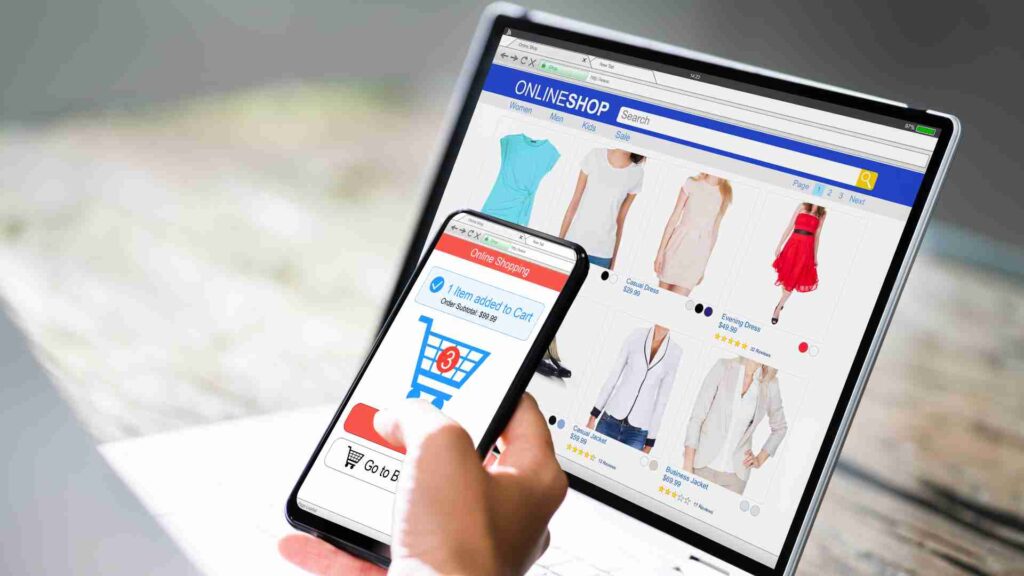
An online clothing store allows you to reach a global audience without the overhead costs of a physical storefront. You can sell a variety of clothing items, from casual wear to formal attire, and even niche products like maternity wear or plus-size clothing. Utilize social media and digital marketing to drive traffic to your website.
3. Custom T-Shirt Business

You may reach a worldwide customer base with an online clothes business without having to pay the expenses associated with a physical storefront. You can market a range of apparel products, including plus-size and maternity clothes as well as professional and informal wear. Make use of digital marketing and social media to increase website traffic.
4. Children’s Clothing Line
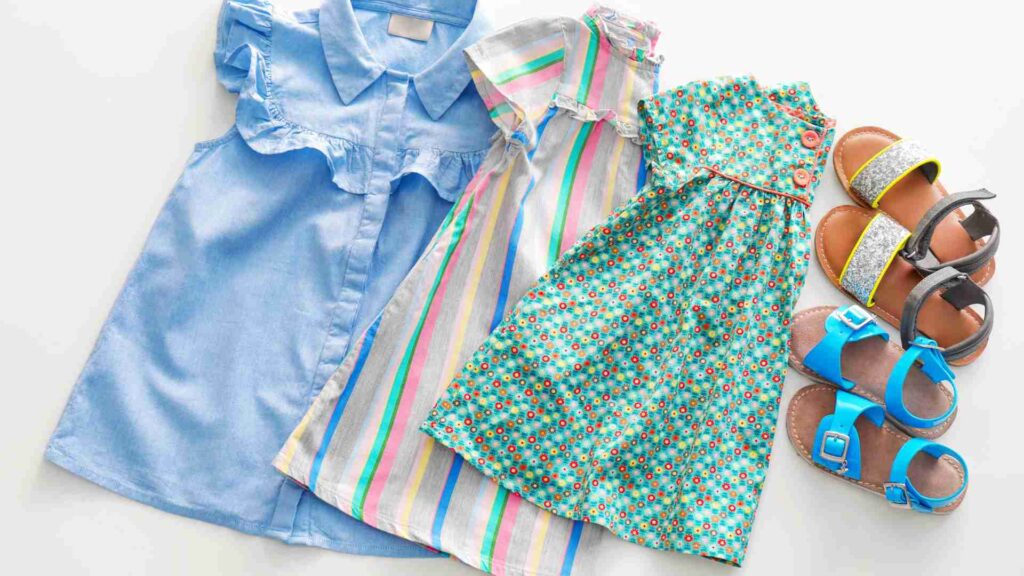
Because kids always need new clothes as they get bigger, the industry for children’s apparel is very profitable. When designing, keep comfort, safety, and quality in mind. You can offer school uniforms, special occasion costumes, and casual wear to suit a range of age groups, from babies to preteens.
5. Athleisure and Activewear
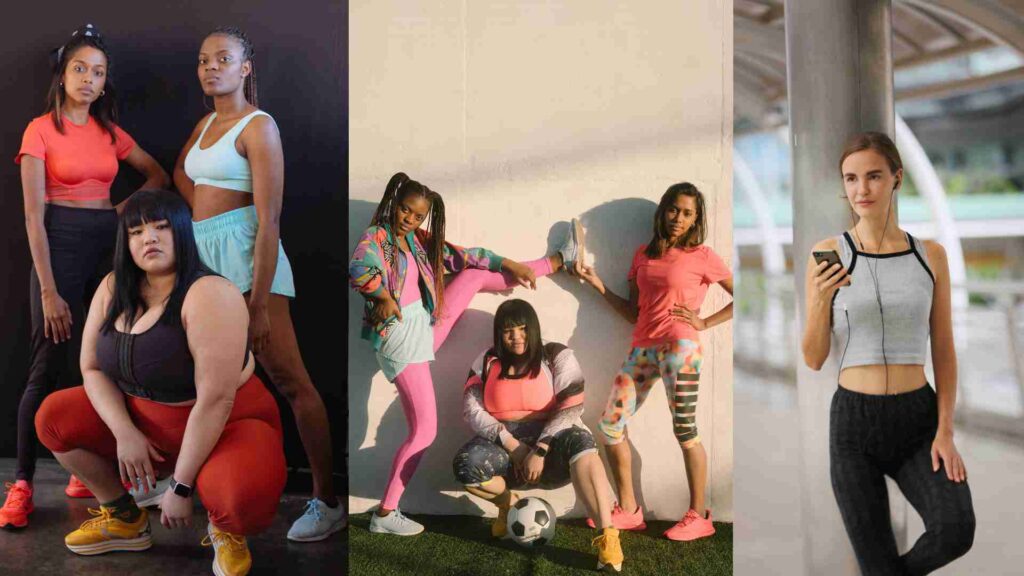
The rising popularity of sportswear and athleisure can be attributed to the expanding trend of fitness and health-conscious living. Develop a collection of fashionable and useful sports bras, exercise tops, and leggings for athletes. Stress high-quality components and functional elements.
6. Sustainable and Eco-Friendly Clothing
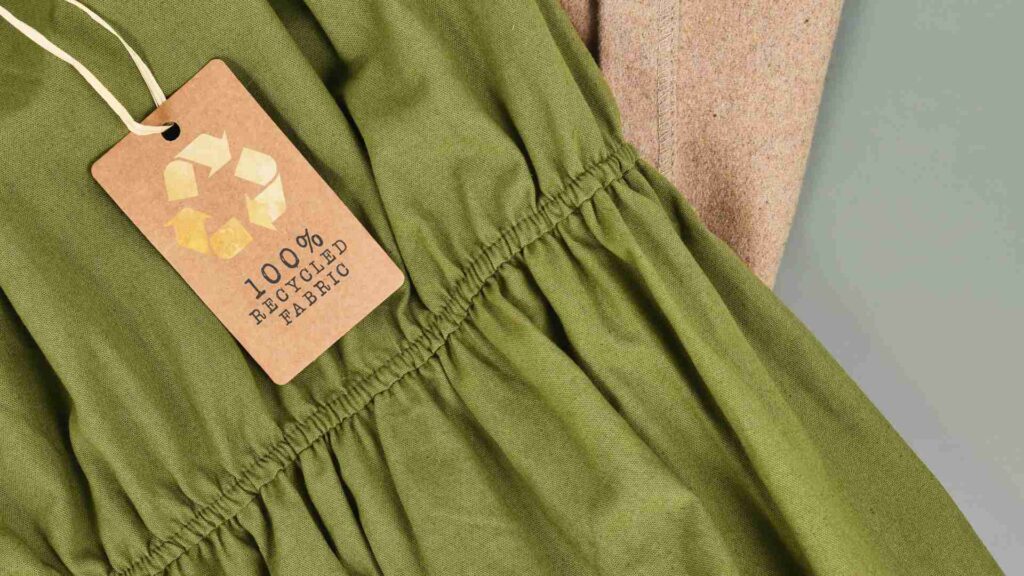
Growing consumer awareness of environmental issues has led to an increase in sustainable fashion. Launch a clothing line that utilizes sustainable resources such as biodegradable dyes, recycled fabrics, and organic cotton. Emphasize your company’s dedication to ethical and sustainable production methods.
7. Fashion Subscription Box

Monthly deliveries of a customized assortment of apparel and accessories are made by a fashion subscription box service based on the customer’s tastes. Customers can learn about new brands and designs thanks to this business strategy, which also generates a steady income stream.
8. Streetwear Brand

There is a devoted fan base for streetwear, especially among younger audiences. Establish a streetwear line of fashionable, urban-inspired apparel, such as sneakers, graphic tees, and hoodies. Work together with artists and influencers to increase the legitimacy of your brand.
9. Formal Wear Rental Service

Customers who require elegant clothing for special occasions but don’t want to buy it all at once can rent formal apparel from services like this. Provide a selection of gowns, suits, and accouterments for black-tie affairs, proms, and weddings. Make the booking and fitting process as easy as possible.
10. Baby Clothes
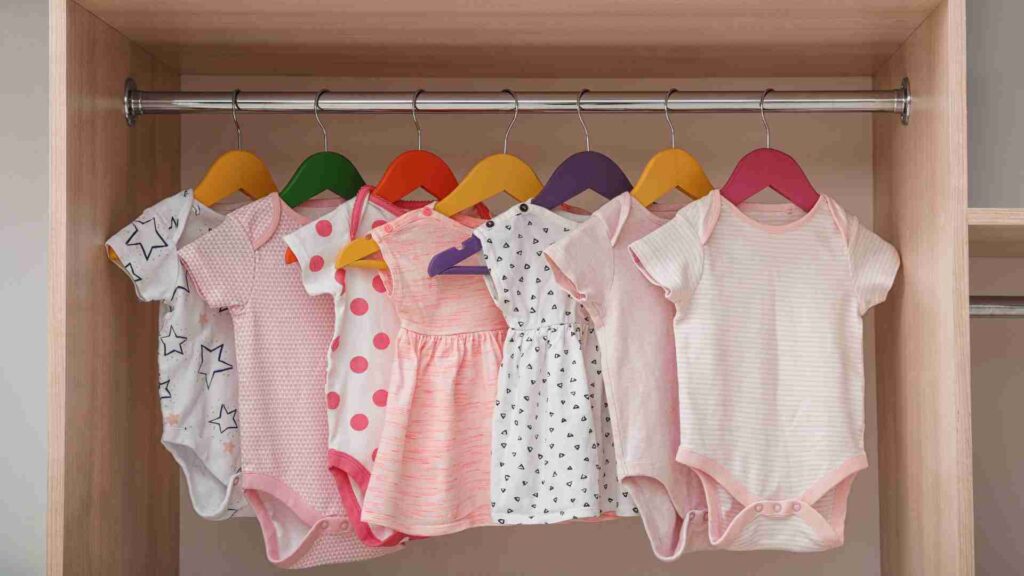
Pregnancy wear is a specialized market that specializes in offering fashionable and cozy apparel to expectant women. Provide a variety of products that support and adjust to different body forms, ranging from everyday wear to formal attire.
11. Retro Wear Shop

Customers searching for distinctive and nostalgic fashion items are catered to by vintage clothing retailers. Purchase vintage goods from auctions, estate sales, and thrift stores. Staff with expertise and customized displays may provide a unique shopping experience.
12. Clothes and Accessories for Pets

Pet owners adore dressing up their animal companions. Launch a company that sells collars, costumes, and other accessories along with apparel for pets. Provide individualized pet clothing alternatives for personalization.
13. Uniform Supply
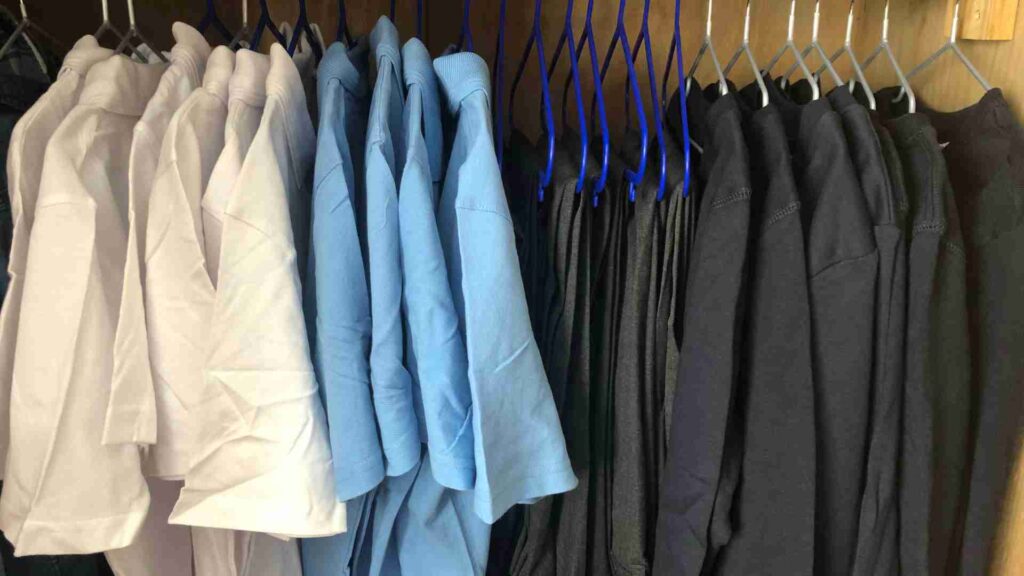
Provide sports teams, businesses, schools, and other organizations with uniforms. Custom printing and embroidery services are available for this company to add logos and graphics to the uniforms.
14. Swimsuit Brand

Create and market swimwear to suit a variety of body shapes and tastes. Provide a variety of looks, such as one-pieces and bikinis, and address certain demands like plus-size swimwear or sporty swimwear.
15. Fashion Influencer and Blog

Consider launching a fashion blog or working as an influencer if you have a great love of fashion and excellent communication abilities. Provide your audience with fashion news, reviews, and styling advice. Make money from your blog by working with sponsors, running sponsored pieces, and using affiliate marketing.
16. Services for Alterations and Tailoring

Provide customers with tailoring and alteration services so they may get the ideal fit for their clothes. This company may run out of a little studio or perhaps function as a mobile firm. Offer hemming, resizing, and custom tailoring, among other services.
17. Print-on-Demand Clothing

You may make personalized designs with print-on-demand apparel without having to keep stock. Collaborate with a print-on-demand provider to manufacture and dispatch products in response to orders. For graphic tees, hoodies, and accessories, this style is ideal.
18. Fashion Accessories Store
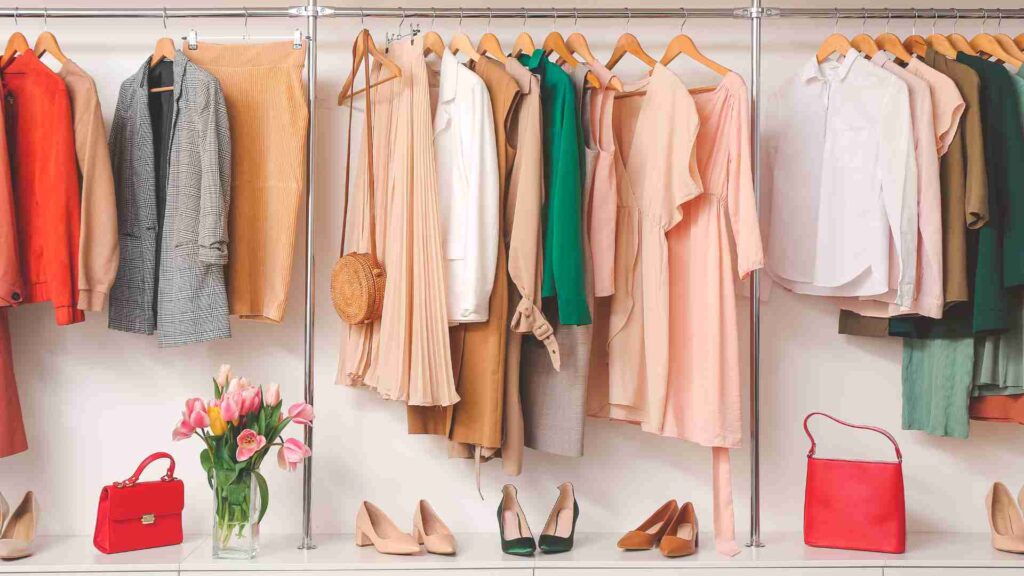
Add stylish accessories like bags, hats, scarves, and jewelry to your apparel line. Accessory sales can supplement your apparel line and open up new revenue opportunities.
19. Plus Size Clothing Store
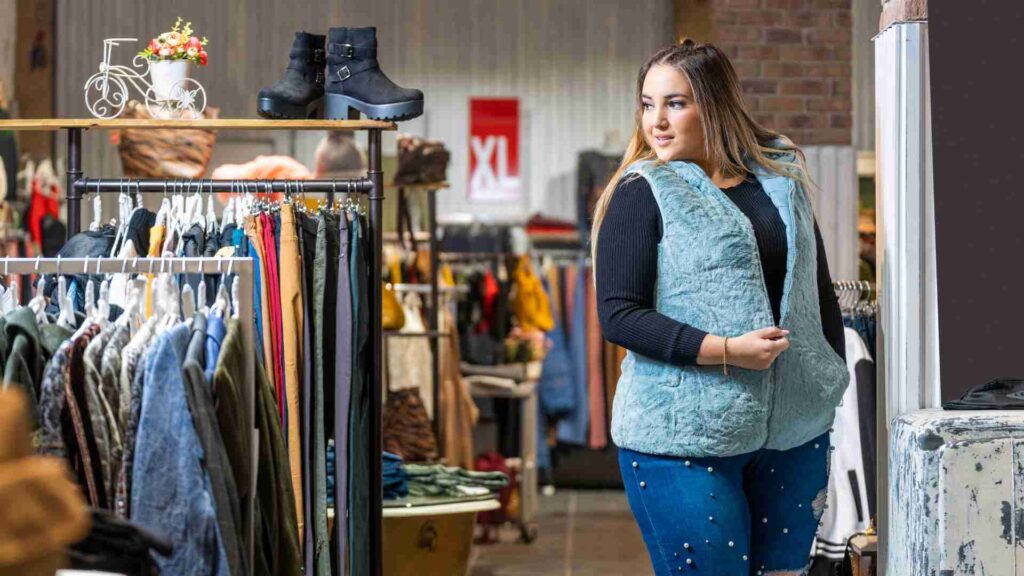
Provide fashionable and body-flattering apparel options for larger body types in order to cater to the plus-size market. Emphasize stylish designs and inclusive sizing to provide customers with a sense of confidence and style.
20. Designer Partnerships

Work together with designers to produce unique collections that appeal to discerning consumers. Working with a designer can help you stand out from the competition by creating buzz and drawing attention to your business.
Final Thoughts
Starting a clothing business can be a fun and rewarding journey if you plan well, get creative, and stay dedicated. First, it’s important to know what you need to start your business and explore different clothing business ideas. This will help you find a path that matches your interests and skills.
To succeed, keep up with the latest fashion trends, understand what your customers want, and always look for new ways to improve your products. If you have a good plan and focus on quality and keeping your customers happy, you can turn your clothing business idea into a thriving venture.
Frequently Asked Questions (FAQs)
What are the best platforms to sell clothing online?
- Shopify: Shopify is an online shop where you can easily set up and manage everything.
- Amazon: Amazon is a giant online platform with millions of shoppers, so your clothes can get lots of exposure.
- Flipkart: Flipkart is one of India’s top online shopping sites, perfect for reaching a big audience.
- Myntra: Myntra is all about fashion, making it a fantastic place to sell your trendy clothing items.
- Social Media: Don’t forget about Instagram and Facebook where you can sell your clothes directly to people who follow you and love your style.
How can I differentiate my clothing brand from competitors?
- Develop a unique brand identity: Create a distinct logo, color scheme, and brand voice.
- Focus on quality: Ensure your clothing items are made from high-quality materials and have excellent craftsmanship.
- Offer unique designs: Provide exclusive and trendy designs that are not widely available.
- Engage with your customers: Build a strong relationship with your audience through personalized customer service and engaging social media content.
- Sustainable practices: Emphasize sustainability and ethical practices if they align with your brand values.
What are some effective marketing strategies for a clothing business?
- Social Media Marketing: Use platforms like Instagram, Facebook, and Pinterest to showcase your products and connect with your audience.
- Influencer Collaborations: Partner with fashion influencers to reach a wider audience.
- Email Marketing: Send newsletters and promotional offers to your subscribers.
- Content Marketing: Create engaging content such as blog posts, lookbooks, and styling tips to attract potential customers.
- SEO: Optimize your website for search engines to increase organic traffic.
- Paid Advertising: Invest in targeted ads on social media and search engines to drive traffic and sales.
Read Related Blogs:
